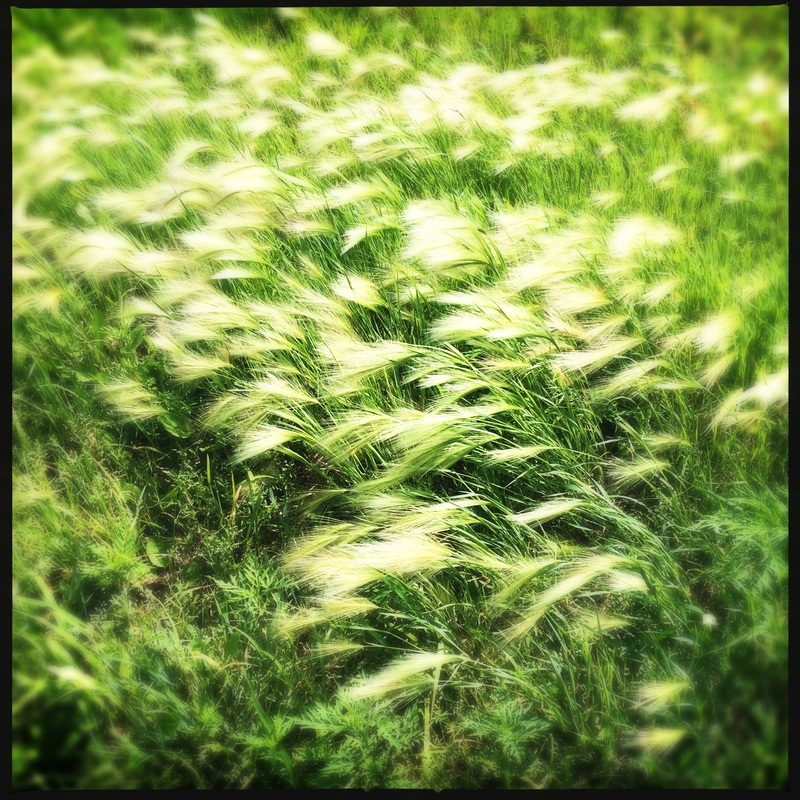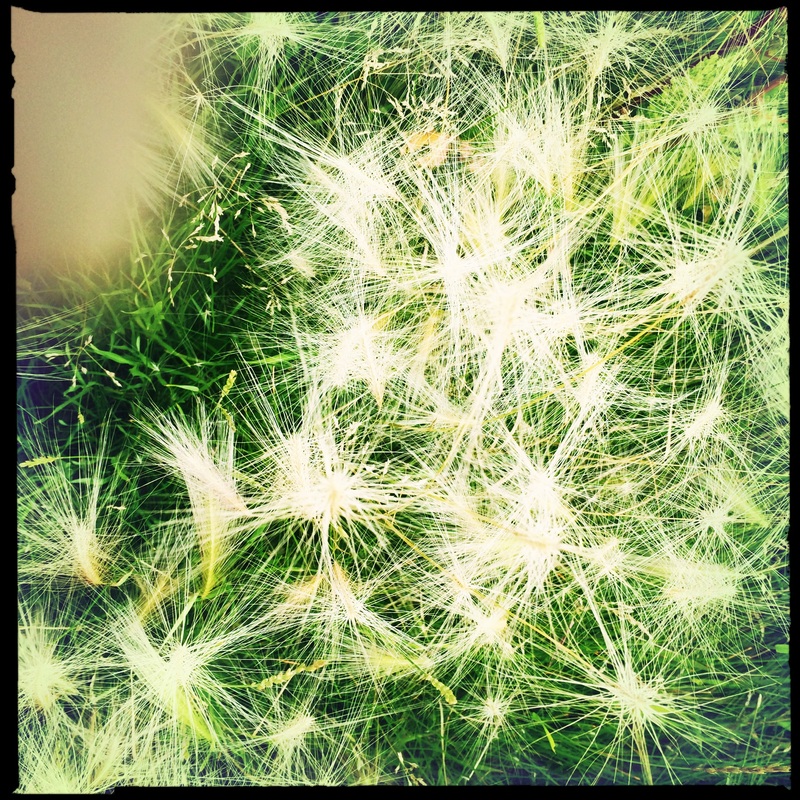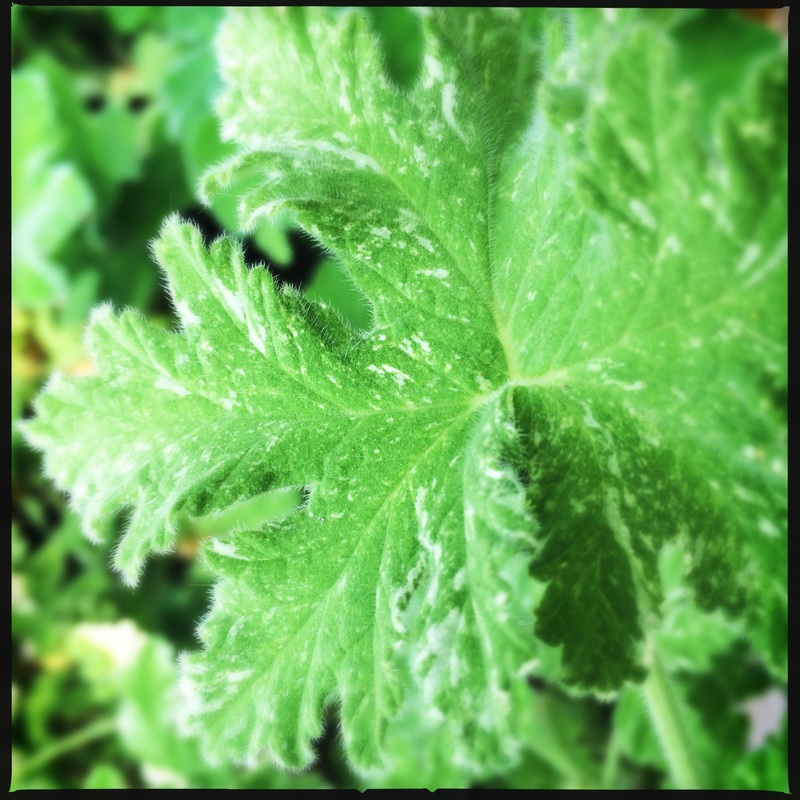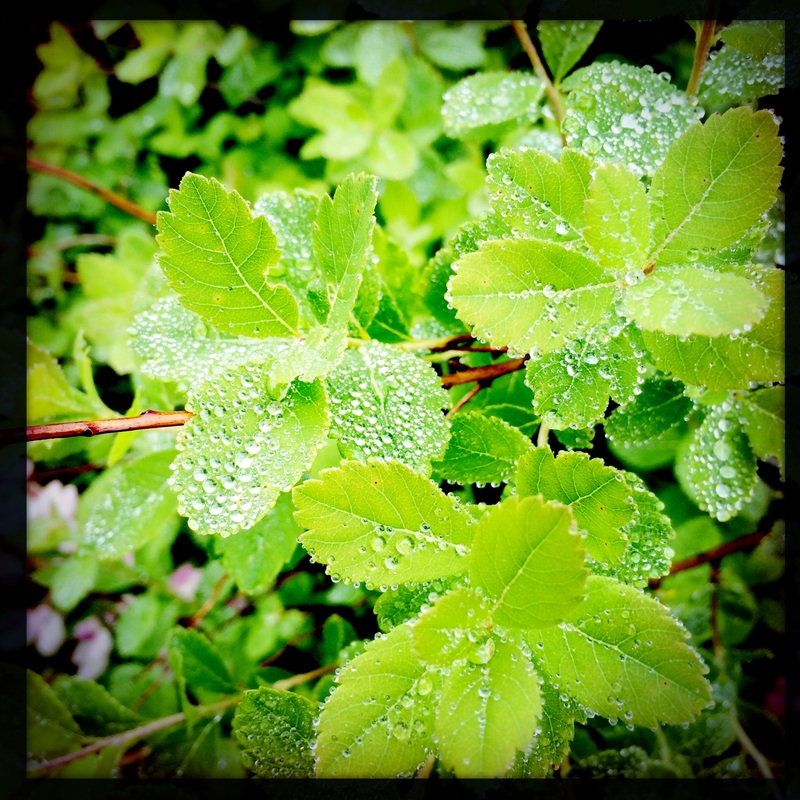A Legacy of Whiteness:
Reading and Teaching Eula Biss’s Notes from No Man’s Land: American Essays
Micah McCrary
2.2
|
“Biss writes essays,” Robert Polito writes in the Judge’s Afterword of Notes from No Man’s Land: American Essays, “the way Plutarch and Montaigne did—or if this sounds too classic for her passionate cool, also think James Baldwin, Anne Carson, Jenny Boully, and Luc Sante” (Polito 230). To Polito’s list, I’d add Maggie Nelson, Hilton Als, Wayne Koestenbaum, and Sarah Manguso, but I agree most strongly with his inclusion of James Baldwin in his list, as Notes from No Man’s Land is strongly reminiscent of Notes of a Native Son. Like Baldwin, Biss puts the subject of race at the core of her writing, and, like Baldwin, ties it strongly to geography. Baldwin gave us field notes from Harlem and the streets of Paris; Biss similarly divides her book geographically, into five sections labeled “Before,” “New York,” “California,” “The Midwest,” and “After.” More than just geographic distinctions, however, is Baldwin’s relaxed but sharp execution in his writing and its replication in Biss’s prose. Furthermore, Biss’s writing, however confident, is filled with its own anxiety—Biss, like Baldwin, comes off as uneasy about the subject of race, finding that no matter how well traveled or studied, it’s a complicated and multifaceted subject to report on." Click here to continue reading.
|
We Are All Travel Writers, We Are All Blind:
What essayists in the Information Age can learn from the 19th century philosopher William James
Miles Harvey
2.2
|
"But in at least one important respect, the trip seems to have had a positive and lasting effect on James. It forced him to begin asking questions about the degree to which outsiders—privileged travelers, as we sometimes call them today—can ever know about the people and places they visit. Is it possible to understand lives that are fundamentally different from our own? How do we separate our own preconceptions and prejudices from the events we witness and the individuals we encounter? Can we ever say anything definitive about an unfamiliar culture? In the 150 years since William James went on that expedition, air travel has made the journey to Brazil simple and relatively painless, economic integration has landed Walmart on the streets of Rio de Janeiro and the internet has brought Amazon.com.br to online shoppers deep in the rainforest. But a funny thing happened on the way to the Global Village. Far from uniting the world, the shrinkage of space and time has only seemed to widen cultural differences." Click here to continue reading.
|
Playing with the Essay: Cognitive Pattern Play in Ander Monson and Susan Sontag
Ashley Anderson
2.2
|
"In his “Essay as Hack,” Ander Monson writes, “I fear for the essay, friends, and its bad reputation. It feels white and dull, dusty, old” (9). Despite Monson’s initial fears about the essay as a form, we still continue to attempt to breathe new life into a mode of expression that dates back centuries. Even though Monson describes several ways in which the essay is a hack, a “creative activity,” a “system,” he perhaps describes the essay best as “a kind of problem solving,” one in which our brain’s learning processes may explain why we keep returning to the essay form again and again (10). We define a form through the structural patterns that are repeatedly used in works that are representative of that style of writing, as well as the changes that have been made to these structural patterns over time. These patterns are also picked up in the minds of those reading these works and then reemployed in the writing of those readers. As writers and as readers, we also continue to play with the boundaries of the essay form, pushing and twisting them to see what we can continue to define as “essay” and what lies beyond it in creative, academic, and cognitive senses." Click here to continue reading.
|
Self-Speaking World
Marco Wilkinson
2.2
|
What is the self and what does it have to say for itself? For the most part the answers to these questions are narratives of individual lives, struggles, epiphanies. Narratives navigate solid unproblematic bodies through comfortably familiar natural and social landscapes. The preoccupations of nonfiction writers lie in how stories are told and by whom, in what is being told and how true it is. In The Art of Time in Memoir, Sven Birkerts draws a distinction between autobiography and memoir. The former is “the line of a life” (Birkerts 53) while the latter emphasizes life remembered and what the structures of that memory reveal about the life narrated. What goes without saying in Birkerts’ analysis is the underlying concept of the self upon which both forms are predicated. Both autobiography and memoir are self-narratives. Though one may rely on external social “facts” and the other may rely on internal emotional “truths,” neither could exist without a “self” at their center. But what is this centerpiece? The question seems ridiculous and the answer self-evident. Clearly the center of autobiographies and memoirs are individual people. Click here to continue reading.
|
Persona in Progression:
A Look at Creative Nonfiction Literature in Civil Rights and Rap
Lawrence Evan Dotson
2.2
|
"Persona is a narrative creation that paints a picture of a character composed of many elements, and those elements can be crafted by the author, or shaped by the personality of the character that was formed by the forces surrounding them during their development within the story. In The Autobiography of Malcolm X, Alex Haley was careful not to go too far outside convention when writing the life story of the civil rights era icon. In and of itself, Malcolm X’s life in narration is an adventure and story worth reading. It gained meaning from the struggles he brought forth to the open, in a voice that resonated against the portrait painted of him in the media. People responded by wanting to know more about the man. In the same way the civil rights era frames Malcolm’s story and gives credence to his persona, the popularity of rap plays a similar role in shaping the autobiographical persona in the memoirs of two popular hip hop artists, Jay Z in Decoded and Questlove in Mo’ Meta Blues: The World According to Questlove." Click here to continue reading.
|





